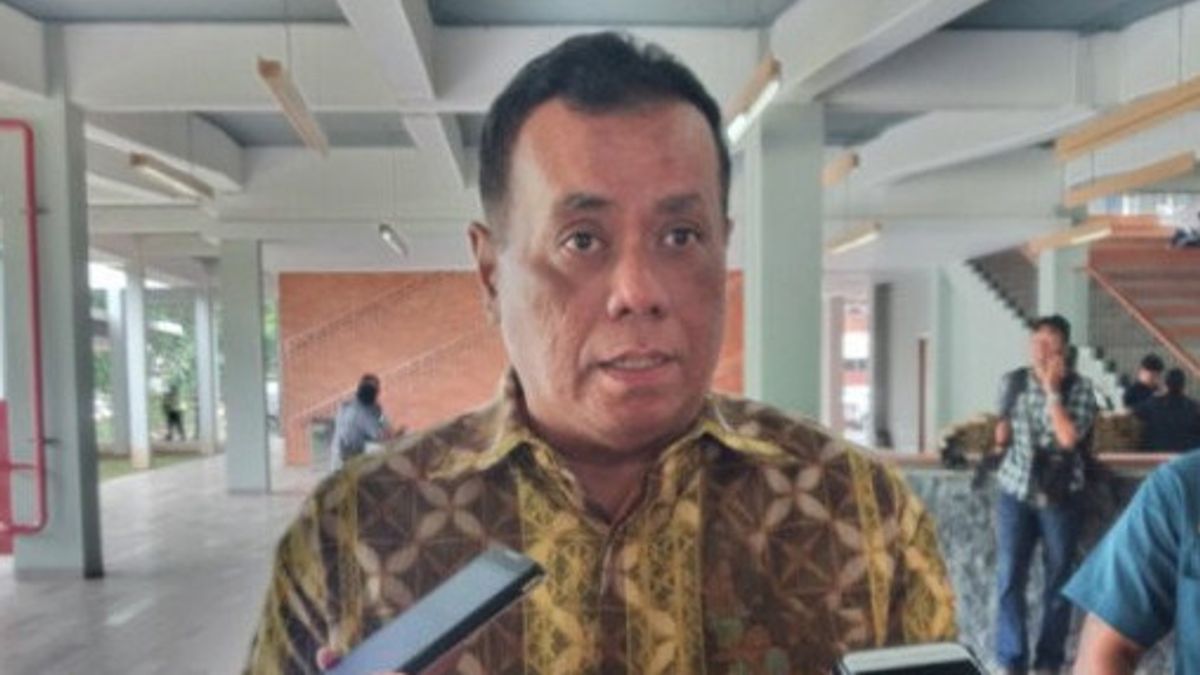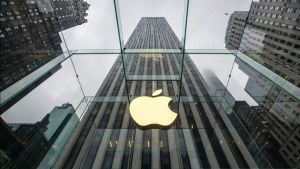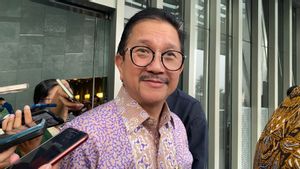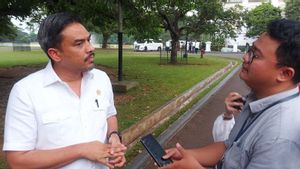JAKARTA - The Chancellor of the University of Indonesia (UI), Prof. Ari Kuncoro said mobility and technology-based sectors are sectors that have succeeded in growing above average, which include transportation, accommodation, food and beverage, trade, manufacturing, as well as information and communication (infokom).
"Indonesia's economy is recovering fast enough to lead to long-term growth, so that in the second quarter of 2022 growth has reached 5.44 percent," said Ari Kuncoro in his statement, quoted from Antara, Friday, October 14.
According to Prof. Ari, the digital business that is included in the infokom sector plays an important role in the resilience of Indonesia's economic growth. Even so, it is not only the digital sector which is represented by infokom.
Other sectors such as transportation have also risen, because the middle class, which has been confined for a long time due to the pandemic, is trying to find relaxation by visiting tourism places.
"During a pandemic, they use digital media to shop. But, after that, they use digital media to learn about places that can be visited. This is where there is a synergy between the mobility-based sector and the infokom sector," he said.
He said this is interesting because synergy can start anywhere. Whether a business starts its business through a new digital route and then offline, or vice versa, businesses start production in one area and then advertise via digital channels.
The Chancellor said one of Indonesia's advantages was that the middle class in the country amounted to approximately 21 percent of the population. The International Monetary Fund (IMF) considers that Indonesia's probability of experiencing a recession is only 3 percent. One of the causes is the middle class.
"The existence of a digital business and the desire of the middle class to return to mobility has caused the growth engine to work even though the world's geopolitical situation (Russian and Ukrainian clinics) is still uncertain," he said.
In addition, he said, Indonesia also has domestic purchasing power reserves. The existence of toll roads across Java and Sumatra that were built before the pandemic made the demand and production side more integrated. Industry can be located in almost all places with access to toll roads, including Micro, Small and Medium Enterprises (MSMEs).
After the pandemic, people who want to relax by moving to tourist areas can take advantage of toll roads. MSMEs can also sell their products to cities by utilizing digital platforms and physical channels. This is what can then revive the economy in the regions.
The phenomenon of synergy between digital and non-digital can be used by entrepreneurs and local governments to create an agglomeration concept. Unknown products are included in one package with well-known tourist destinations.
People who use digital media to learn what they want to visit will find objects around well-known objects, so that they can be used as a travel package.
The English, Chinese, Japanese, Arabic, and French versions are automatically generated by the AI. So there may still be inaccuracies in translating, please always see Indonesian as our main language. (system supported by DigitalSiber.id)
Most Popular Tags
#Prabowo Subianto #New Year #airplane accident #Hasto Kristiyanto #nataru #squid game 2Popular
03 Januari 2025, 10:38
03 Januari 2025, 13:25
03 Januari 2025, 09:36













